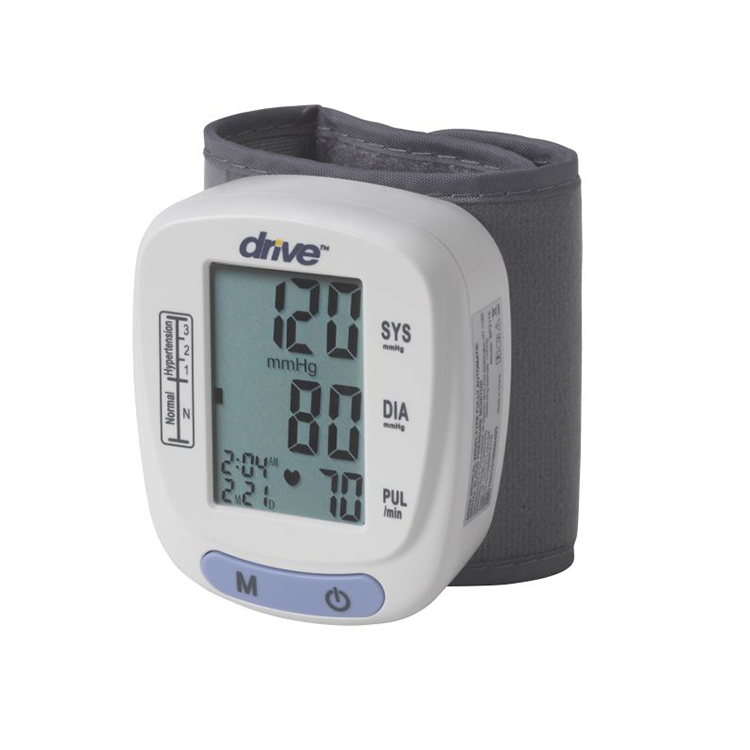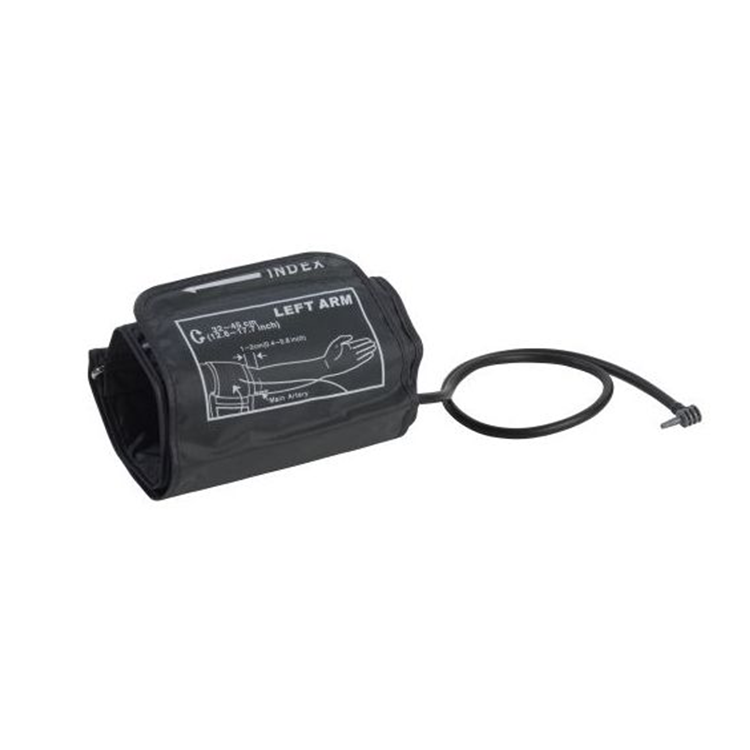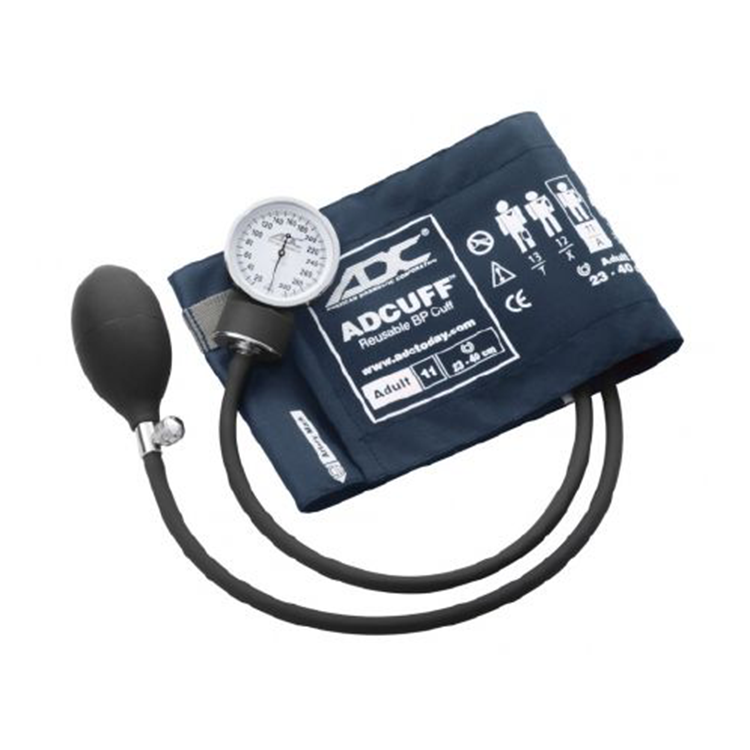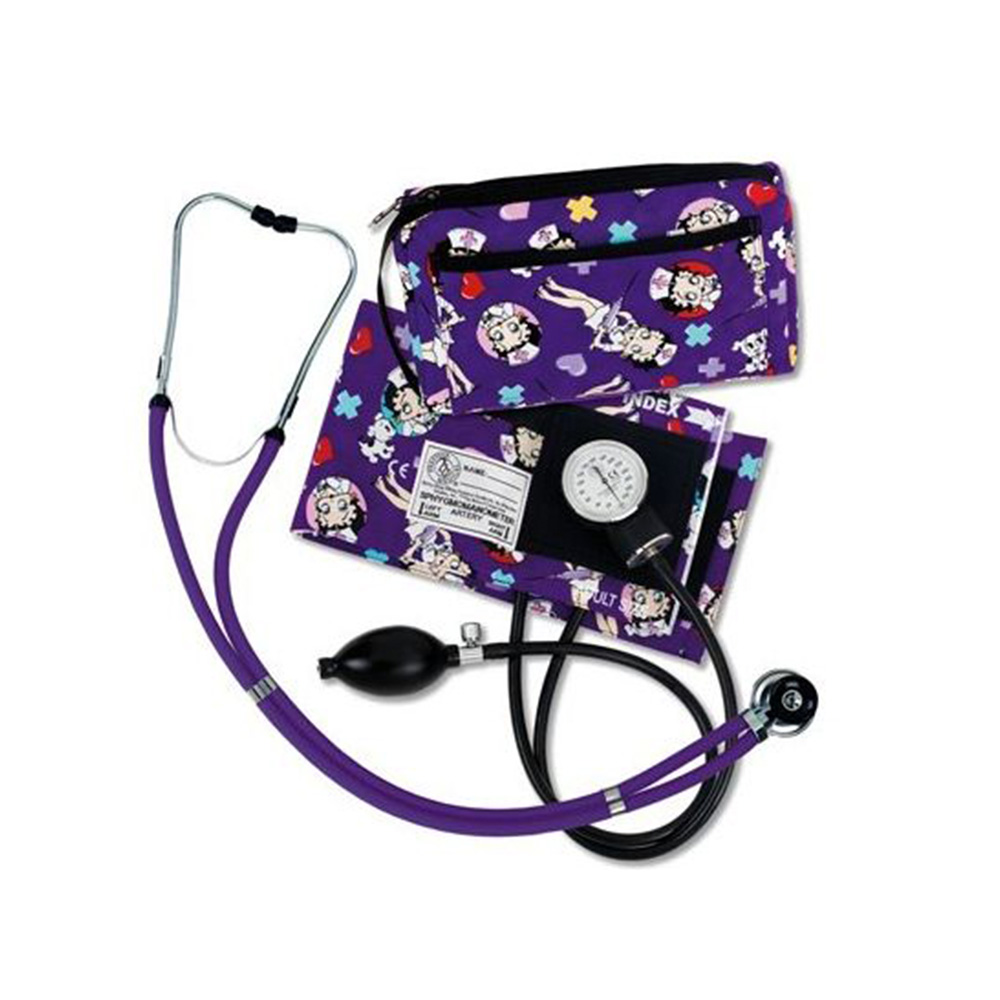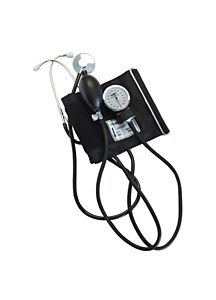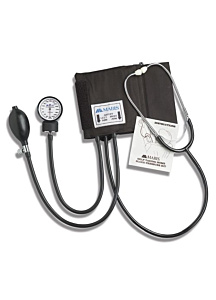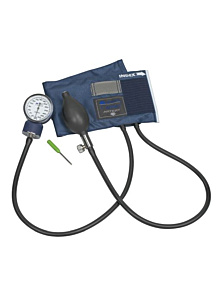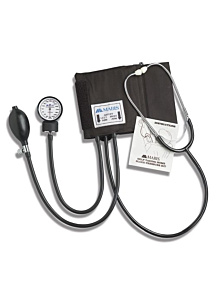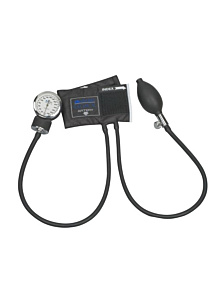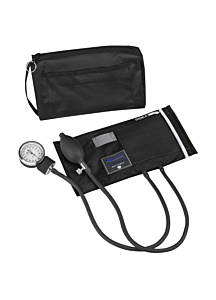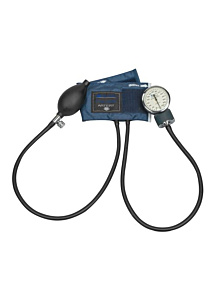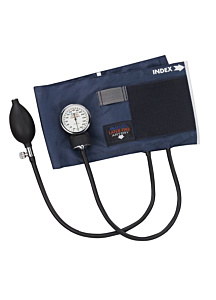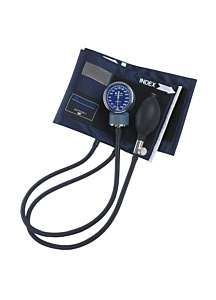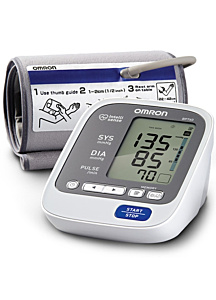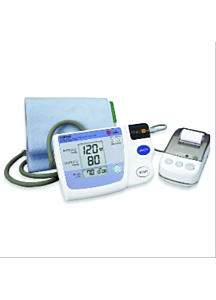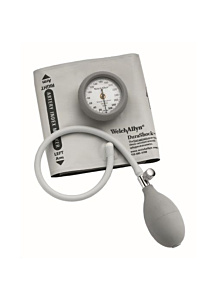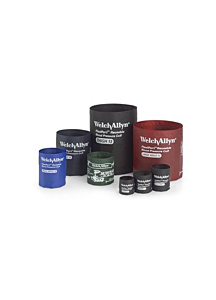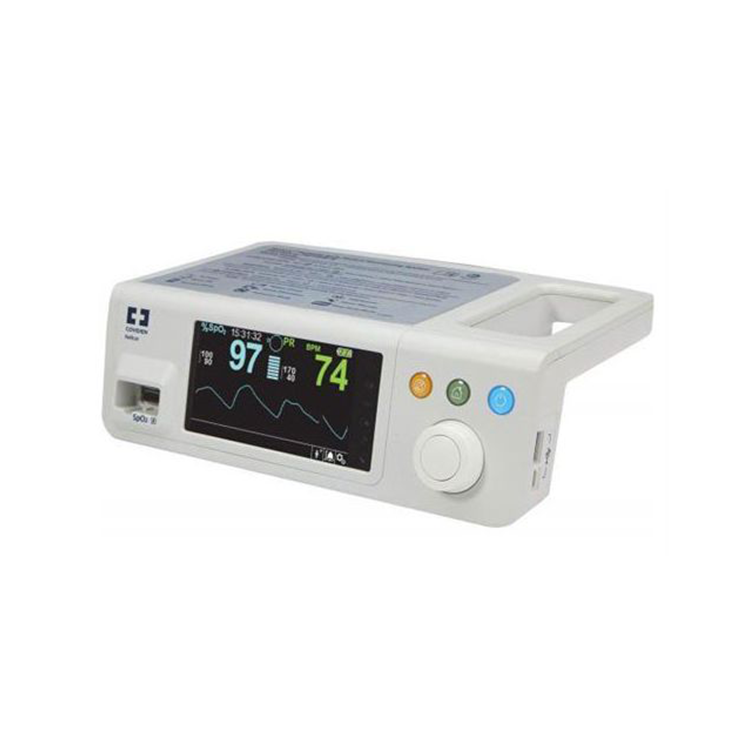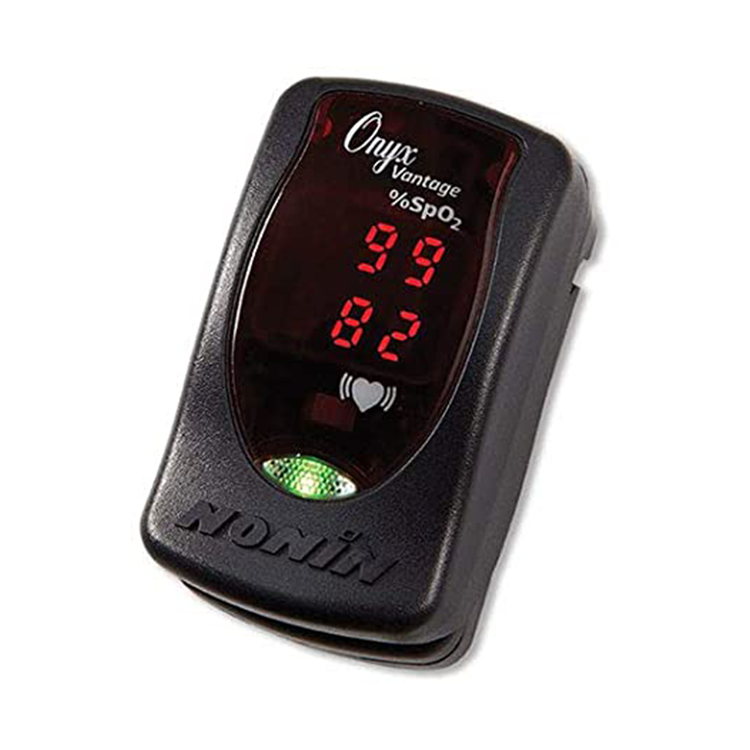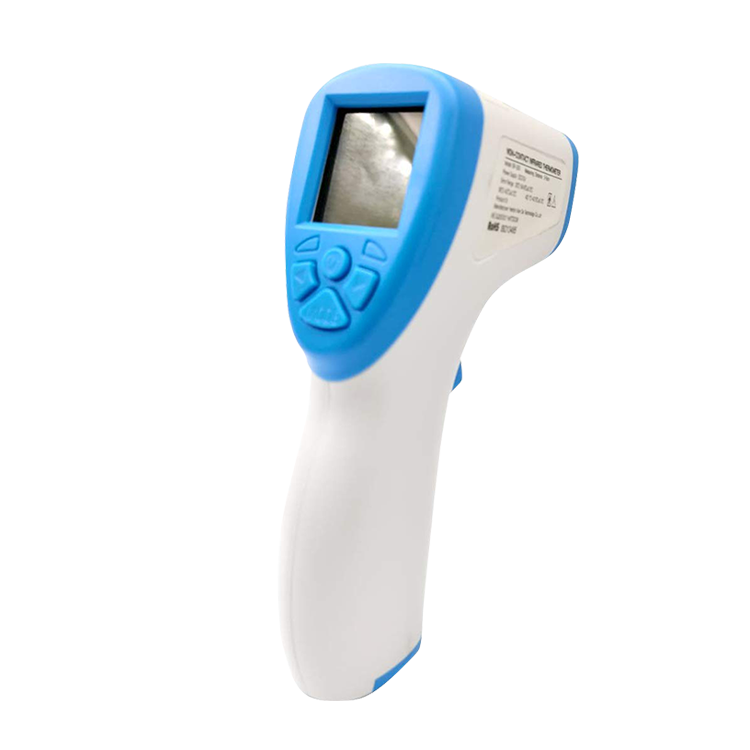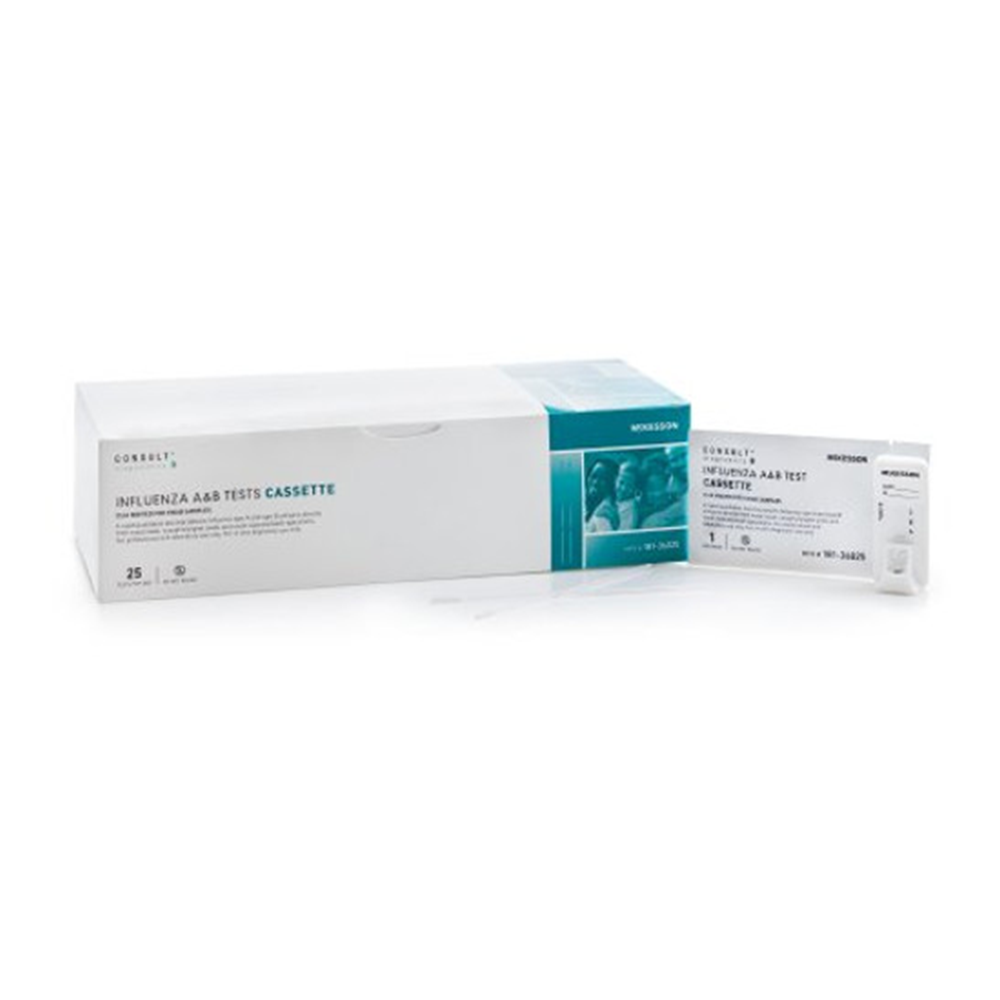Blood Pressure Monitors
Blood Pressure Monitor
Blood pressure monitors, or sphygmomanometers, are used to monitor systolic and diastolic arterial pressure in a patient. By applying exterior pressure to artery, it is possible to detect the minimum (diastolic) and maximum (systolic) blood pressure and use these results to predict and monitor heart health.
Types of Sphygmomanometers
Auscultatory: The auscultatory technique of blood pressure monitoring involves the use of a sphygmometer along with a stethoscope. The inflatable cuff is placed around the upper arm, roughly at the same height of the patient"s heart, and is attached to a manometer to measure the pressure. As pressure builds in the cuff, the artery becomes occluded. At this point, a nurse or clinician will listen to the artery as they slowly release pressure from the cuff. Once blood begins to flow again, a turbulent flow creates a "whooshing" sound indicating the systolic pressure of the individual. Pressure is then released until no sound can be heard at which point the diastolic pressure is found.
With Auscultatory sphygmomanometers, there are two types generally still used today. The first, a mercury manometer, considered the "Gold Standard", measures the height of a column of mercury to determine pressure and does not require calibration. The second is an aneroid manometer that uses no fluid in its measurement. While these are more common, due to their need for calibration to mercury manometer readings, they are seen as less accurate, but still provide a good approximation for blood pressure.
Oscillometric: The oscillometric method still uses the pressure cuff, however instead of listening for sounds of blood flow, it measures the oscillations of blood flow. This data is then translated by scientific formula into a standard blood pressure measurement.
This type of blood pressure monitor requires the least amount of skill and is the most common for home or regular blood pressure monitoring. It is important to note that, since these devices do not directly measure blood pressure only pulse oscillations, it is possible to have inaccurate readings in patients with heart or circulatory conditions.
It is imperative that you consult a physician or medical professional regarding your blood pressure and heart health prior to beginning a pressure monitoring routine. Only a doctor can tell you which method is right for you and how to interpret your own results.
Average Adult Blood Pressures
| Category | Systolic, mmHg | Diastolic, mmHg |
| Hypotension | ||
| Desired | 90-119 | 60-79 |
| Prehypertension | 120-139 | 80-89 |
| Hypertension | 140-179 | 90-109 |
| Hypertensive Crisis | >180 | >110 |

